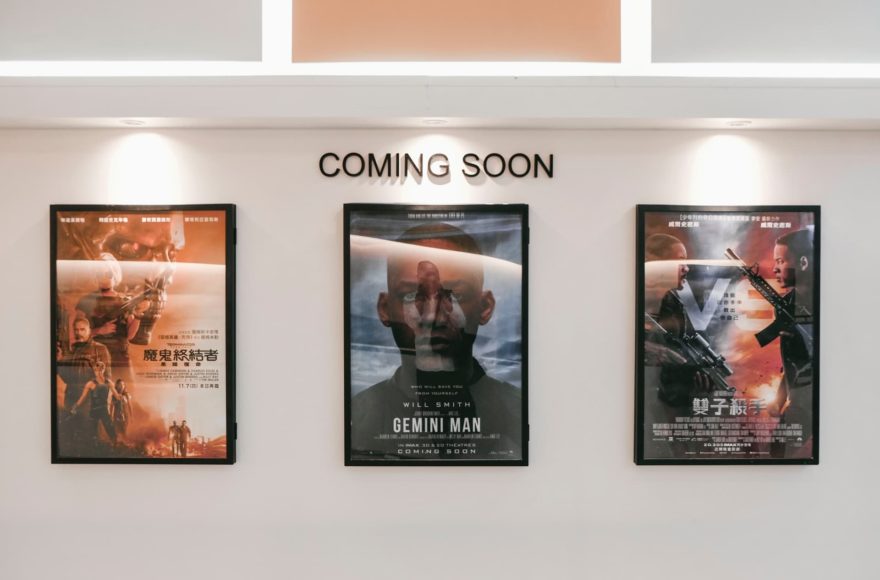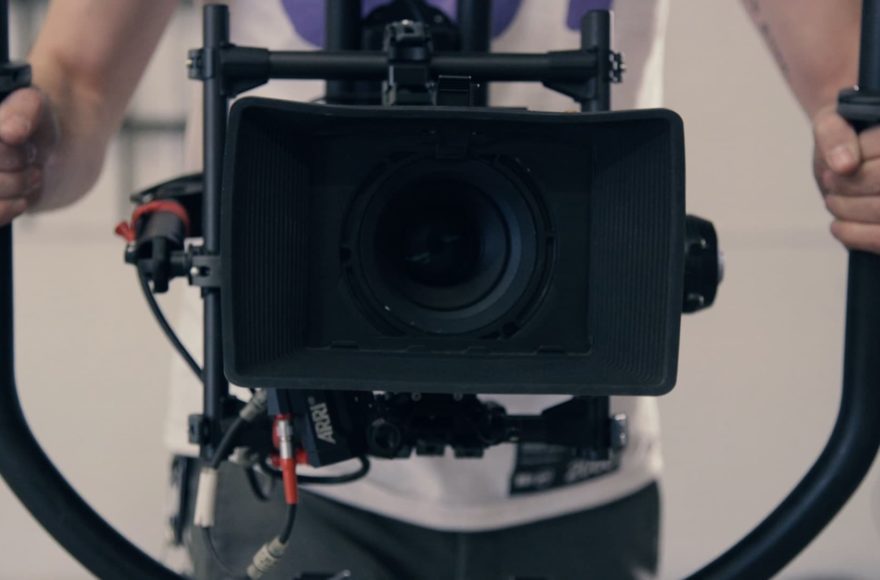9 Pioneering Hispanic Women Filmmakers From the Earliest Days of the Movies

Although women were present at the birth of cinema and helped pioneer a great many discoveries, women from marginalized backgrounds and communities had a tougher time breaking in the fledgling industry. Sadly, it’s an inequality that persists in the film world today. Despite these barriers, a number of Latina and Hispanic women in Hollywood and South America broke through biases, starting their own production companies, forging their own paths. They created opportunities where there were none, they landed their movies in festivals and challenged the male-dominated industry to take notice. Sadly, not all enjoyed the long illustrious careers their male counterparts did, but whether it was just one film or two, these nine filmmakers left their mark on film history and on screens far and wide.

Beatriz Michelena (1890–1942)
Originally an opera singer, Beatriz Michelena made the leap from the stage to the screen becoming one of the first Hispanic silent movie stars with the movie Salomy Jane. On the side, she wrote an advice column for girls interested in becoming actresses like herself. After her first studio went bankrupt, Michelena formed her own production company with her husband, George E. Middleton, and produced her next movies, effectively becoming one of the first Hispanic women to do so. Sadly, like many upstart companies in the early days of cinema, it did not last, and most of Michelena’s film work was destroyed in a fire.
Mimí Derba (1893–1953)
When Herminia Pérez de León first entered showbiz as a teenager, the Mexican singer chose the stage name Mimí Derba. It would become one of the most recognized names in her country’s movie history. After the Mexican Revolution, Derba co-founded the Azteca Film Company, which produced five movies in its first year – two of which were written by Derba, including The Tigress, which she also directed. Her star was on the rise when financial setbacks interrupted her career and shut down her film company. She returned in the sound era opposite Lupita Tovar for Santa in 1931, which restarted her film career that ran through the Golden Age of Mexican Cinema.
Emilia Saleny (1894–1978)
Although accurate details about her are scarce, Argentine director Emilia Saleny began her career as an actress, traveling between the Italian community in Buenos Aires and her family’s home country of Italy. She began teaching early in her career, founding one of the first film and acting schools in South America in the 1910s. She also pioneered children’s films, movies made for younger audiences that followed stories told from a child’s point-of-view. Because of her collaborative approach to filmmaking and working with students, as well as early film’s less stringent standards of record-keeping, there is disagreement among scholars about her exact credits, but there’s no disputing she had an effect on Argentina’s early film scene.
Adriana (1894–1972) and Dolores Ehlers (1896–1983)
Mexican sisters Adriana and Dolores Ehlers worked as a team making documentaries, processing film, and creating political movies. At first, they began their careers as photographers, and their work won them a grant to study in the United States. After they made military films during World War I and completed more training, they returned home to Mexico, where they sold cameras and projection equipment and eventually landed jobs in the Mexican government overseeing a lab that processed film and censorship, flagging racist stereotypes in Hollywood movies. After more political upheaval, the sisters returned to making films independently, selling projectors and training projectionists.
María Luisa Bemberg (1922-1995)
Like Lucrecia Martel today, Argentine director María Luisa Bemberg had much to say about her country’s social issues through inventive movies. After beginning her artistic career creating feminist theater, Bemberg wrote scripts for other directors in the 1970s, but soon decided to make them herself, as she did with the scandalous period piece Camila, throughout the ’80s and ’90s. Many of her movies featured feminist themes and centered on strong women challenging men’s authority.

(Photo by Fair use of copyrighted material in the context of Elena Sánchez Valenzuela)
Elena Sánchez Valenzuela (1900–1950)
Mexican filmmaker Elena Sánchez Valenzuela wore many hats in her lifetime as a documentarian, journalist, archivist, and actress. Her screen career began in the silent era, but soon her focus shifted to journalism in the 1920s, and she soon began her writing for Mexico City newspapers, which led to assignments in Los Angeles and Paris. In the 1930s, Sánchez Valenzuela moved into documentary filmmaking with a feature on the Mexican state of Michoacán. She made one more career change in the 1940s when she helped found the Mexican National Film Library to preserve and promote films from Mexico and South America.
Gabriela Von Bussenius Vega (1901–1975)
Chilean writer Gabriela Von Bussenius Vega got her first taste of cinema when her new husband, Salvador Giambastiani, adapted her story The Agony of Arauco. While Giambastiani took over directing duties, Von Bussenius Vega handled the story and art direction, becoming one of the first women to have a hand in making a Chilean film. After Giambastiani’s death, Von Bussenius Vega stepped away from filmmaking and returned to writing books, essays, film criticism and plays.
Sara Gómez (1942–1974)
When Sara Gómez began working in the Cuban Institute of Cinematographic Art and Industry, she was the only woman and only one of two Black filmmakers in the government-sanctioned profession. Despite being the only woman in the Cuban film industry, she worked as a directors assistant to Tomás Gutiérrez Alea and Agnès Varda, made a number of documentary shorts about Afro Cubans and women, and challenged sexism, classism, and racism with her one and only feature, the documentary and narrative film hybrid One Way or Another.
Margot Benacerraf (1926–)
Although Venezuelan documentarian Margot Benacerraf may only have two documentaries to her name – Reverón, a short study on Venezuelan painter Armando Reverón, and Araya, a feature on mining practices at a salt marsh – both of her works made it to international festivals. Reverón premiered at the 1953 Berlin International Film Festival, and Araya shared the Fipresci Critics’ Award with Alain Resnais’s Hiroshima Mon Amour at the 1959 Cannes Film Festival. Later, she founded the National Film Library of Venezuela and co-founded the Latin Fundavisual with Gabriel Garcia Márquez.
On an Apple device? Follow Rotten Tomatoes on Apple News.
—
Rotten Tomatoes




